Anyone who works or goes shopping in Elgin knows there is a problem with cars parking illegally or ignoring rules of driving down the High Street.
It happens so often it’s an everyday sight that barely raises an eyebrow, despite countless frustrated sighs.
Moray Council is unable to issue fines and police say they are too busy with other issues to monitor parking complaints.
Many have called for the reintroduction of traffic wardens in Elgin to enforce existing rules of driving down the pedestrianised High Street, mounting pavements and parking on double yellow lines.
However, getting the power for the council or another group to issue fines could cost £500,000 in court fees with warnings there is no business case for the move.
I decided to monitor the town centre from 11am to 4pm one day to get an indication of how many fines could be issued, and the results were surprisingly high with a potential offence spotted less than every three minutes.
- In just five hours I spotted 131 potential offences in Elgin town centre.
- Issues included driving across the Plainstones, pavement parking, ignoring double yellow lines and overstaying in 30-minute bays.
- If I had issued the £80 penalty Moray Council hands out in its pay and display car parks to every driver I would have pulled in £10,480 in fines.
11am: You can’t park there
Armed with a notepad and a diligent eye, I’m beginning my watch at 11am which is when the restriction of all vehicles driving across the Plainstones comes into force.
The bells from St Giles Church are still ringing when I spot our first driver flouting the rules.
It’s a white van that has ignored double yellow lines to mount the pavement and park outside the British Heart Foundation charity shop.
There’s nobody in the van, there’s nobody nearby, it has just been temporarily abandoned on a pavement designed and intended for pedestrians.
Over the next five hours I’ll discover this spot has become an almost de facto car park with up to three cars at a time pulled up there.
With those details noted, onwards I go to take up a spot near the fountain to watch the cars entering the Plainstones from the west end of the High Street.
There’s a security van finishing up at a couple of banks and a courier doing some rounds.
Deliveries on the High Street are permitted outside of the 11am to 4pm period. They’re only a few minutes over so I’ll let them be.
Within 30 minutes though I’ve already counted 11 vehicles entering the Plainstones. Some, like the van that was parked outside British Heart Foundation, drive straight through, others use the High Street as a free parking despite the abundance of car park spaces in the town.
And within the hour six have parked on the pavement. If traffic wardens were to be reintroduced in Elgin, it would undoubtedly be a hot spot. It’s going to be a busy day.
Offences spotted
Driving on the Plainstones: 19
Pavement parking: 6
12noon: Lunchtime rush on Elgin High Street
The High Street is filling up with pedestrians now. School pupils are down from Elgin Academy and office workers are rushing about with takeaway boxes.
There are also more parents with prams and people are taking the time to stop and talk.
It’s what should make the pedestrianised section of Elgin High Street so attractive. No narrow pavements, no cars to avoid, just time and space.
However, the rush of shoppers to the town centre is matched by the continuing stream of cars ignoring parking rules.
At one point I count an incredible 17 cars parked on the High Street between Dandy Lion and Costa Coffee.
It gets so busy that a second line of parked cars begins. Drivers are also parallel parking to reverse into a space, creating an extra hazard for pedestrians.
In amongst the new car park is a police car. However, they’ve not come down to issue tickets. They’re here on other business and speak to a man before going into one of the shops.
I naturally didn’t issue the police with one of our fines, and I also didn’t include a council van carrying grit and contractors working in one of the shops seeing as they all had legitimate reasons for being there.
Police know there is a problem with illegal parking in Elgin and say they do issue tickets as a deterrent.
However, they stress they do not have the resources to monitor the situation closely enough to be “the answer” to the current problem.
Moray Council has proposed installing bollards that can rise and fall at specific points in the day, while also allowing access for businesses, the police and other emergency services.
Driving on the Plainstones: 17
Pavement parking: 4
1pm: Do double yellow lines need monitored by traffic wardens?
I’ve heard the calls to reintroduce parking wardens in Elgin are not just centred on issues on the High Street, so I’ve repositioned myself for the next hour.
There is free parking in the town centre on streets including Culbard Street and North Guildry Street, which both have 30-minute bays.
Anecdotally, these spaces fill up early in the morning with the same cars left there all day.
I’ve taken a note of the 41 cars parked in the bays across both these streets and will return at the end of our watch to see how many of them are still there. Six are actually not even in bays, but have been left on double yellow lines.
I then take up a position on South Street. It’s a very different area to the High Street, cars are allowed at any time down the one-way street and there are parking bays to use.
And we immediately notice two cars parked on double yellow lines here too.
I see shoppers pull up on South Street and dive into shops for quick errands. However, I see one car parked illegally on the road for 30 minutes before the driver returns.
Parking on double yellow lines: 10
2pm: Elgin High Street lit up with hazard lights
I’m back on the High Street now as a temporary Elgin town centre traffic warden and immediately notice it’s a lot quieter.
The lunchtime rush is well and truly over and as the hour progresses we notice a trend as the mid-December darkness begins to fall.
Almost every driver who ignores the restriction on driving across the Plainstones is putting their hazard lights on.
Is it to make them more visible to shoppers? Is it a warning that they may be about to stop suddenly? Or is it some kind of apology for being somewhere they know they shouldn’t be?
It could be all of them, or none. I don’t know the answer but almost every driver we see during this period is doing the same.
A driver of a grey Audi does it before parking outside Specsavers, a Range Rover owner leaves them on after reverse parking outside the St Giles Centre and a white van owner leaves them on after parking on the pavement outside the British Heart Foundation.
At this point I notice the damage done to the pavement outside the charity shop. There’s a dropped kerb there for pedestrians who use wheelchairs, prams or who have mobility issues.
The ramp though is being used by cars to mount the pavement with almost every slab cracked, chipped, broken or loose – creating more potential hazards.
Driving on the Plainstones: 23
Pavement parking: 2
3pm: Drivers in Elgin ignore parking bay time limits
It’s the end of our day as a traffic warden in Elgin and before I go back to base I check on the 30-minute bays to see how many of the cars are still there at about 3.30pm.
Incredibly, 29 of the 41 cars we saw on Culbard Street and North Guildry Street are still there, including five that have been left on double yellow lines for the last three hours.
It could be that they’ve left and come back, but they’re all in the same place that I saw them at about 1pm.
North Guildry Street has a busy social work office and the lack of availability with the bays could be adding to the pressures on South Street.
Nevertheless, we’ve counted them all up and head back to base with a walk down Thunderton Place, where I see another six vehicles on double yellow lines.
Overstaying in 30-minute bays: 29
Driving on the Plainstones: 11
Pavement parking 2
Parking on double yellow lines: 7
Would traffic wardens solve Elgin’s parking problems?
During my time as an unofficial traffic warden in Elgin town centre I spotted 131 potential offences.
If I were to have issued the same £80 fine that Moray Council does in its pay and display car parks we would have pulled in £10,480.
If traffic wardens were to be reintroduced in Elgin, that total would undoubtedly fall as drivers would presumably not park on double yellow lines in front of an enforcement official as they did with us.
Once word got round that fines were being issued, locals would also learn there is a deterrent and not want to be hit with a potentially expensive ticket.
Moray Council’s bollards plan would enforce current restrictions and stop the vast majority of cars from driving across the Plainstones.
However, they wouldn’t stop drivers using the pavement outside British Heart Foundation as a car park or the free 30-minute bays being filled throughout the day by the same cars.
Only some kind of deterrent or monitoring from police, traffic wardens or another power will stop that.
.
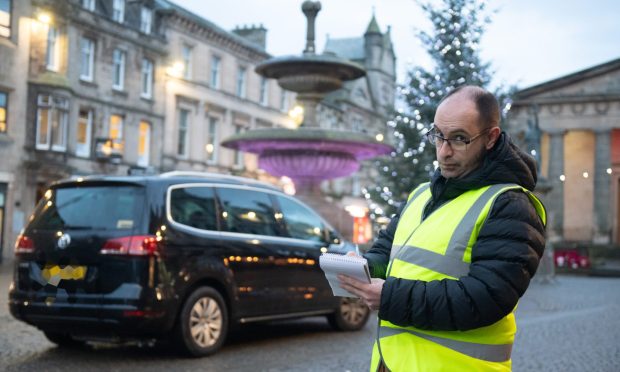
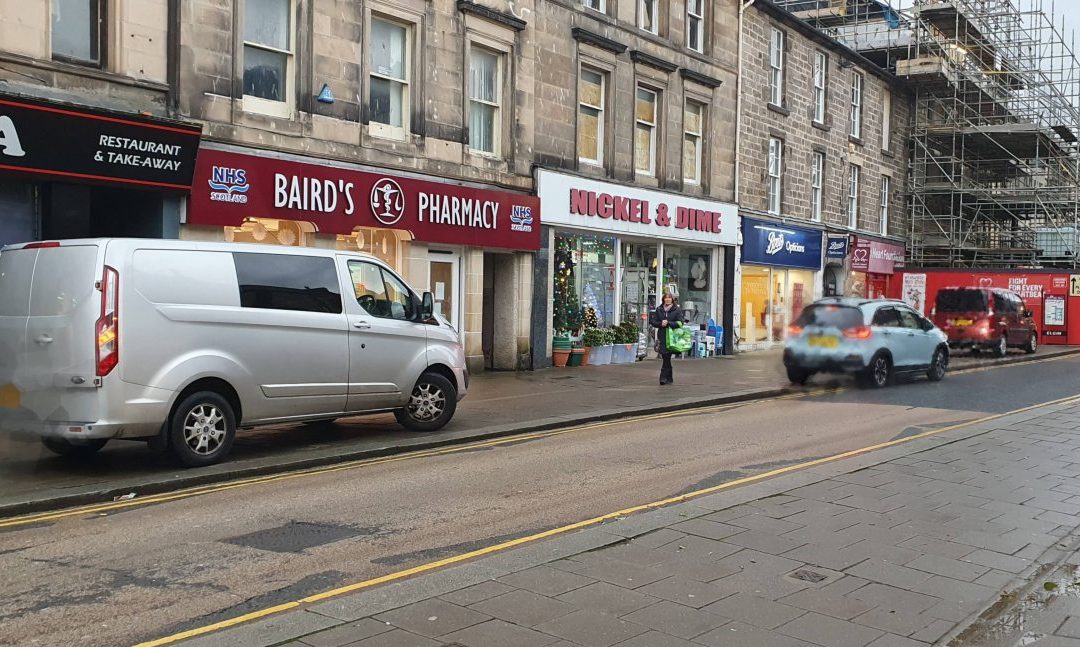

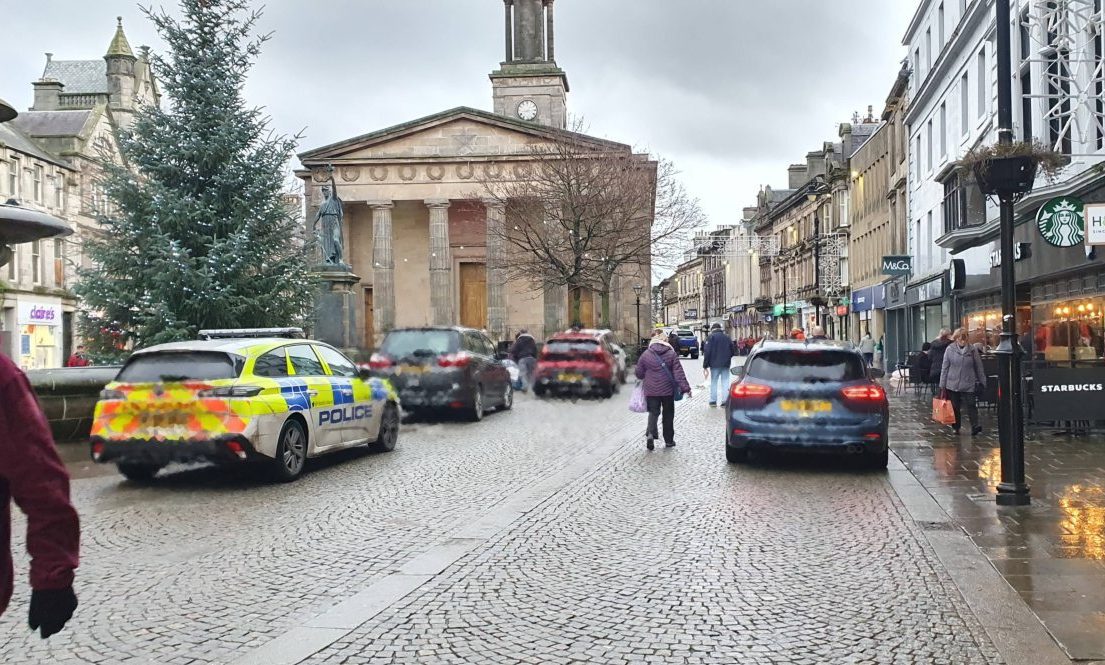
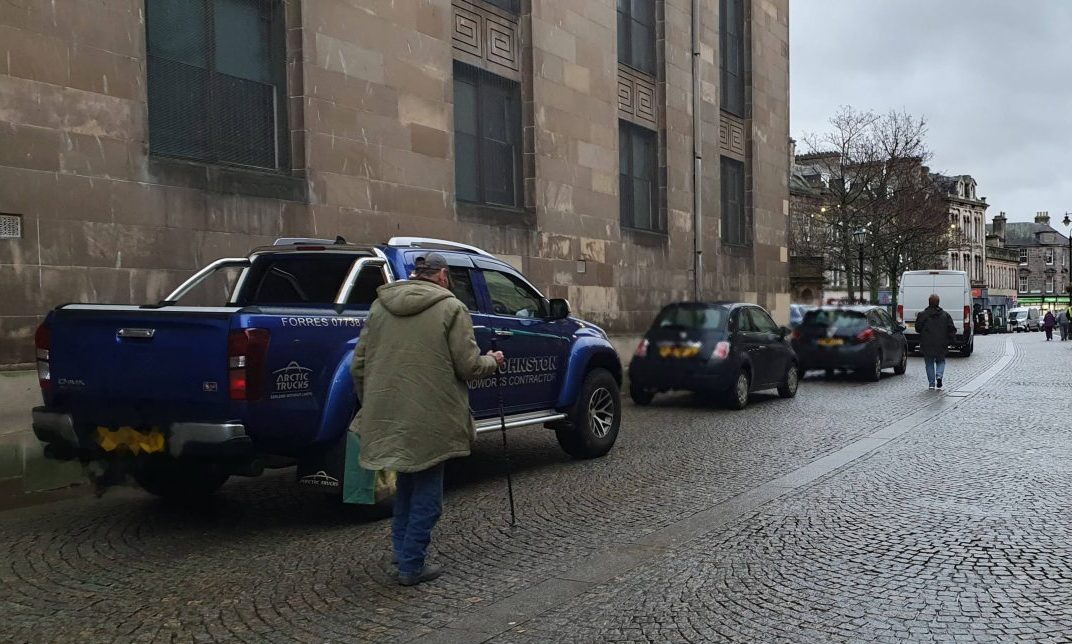
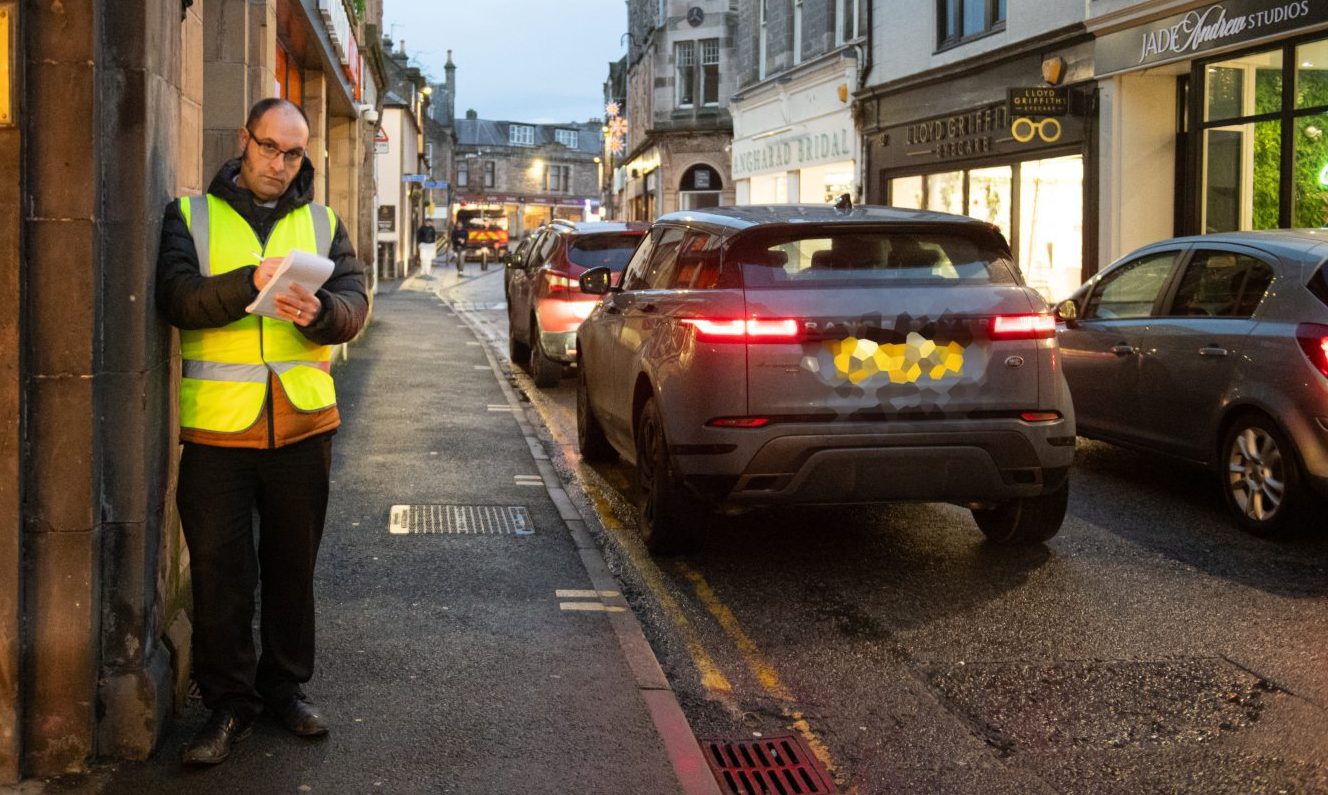
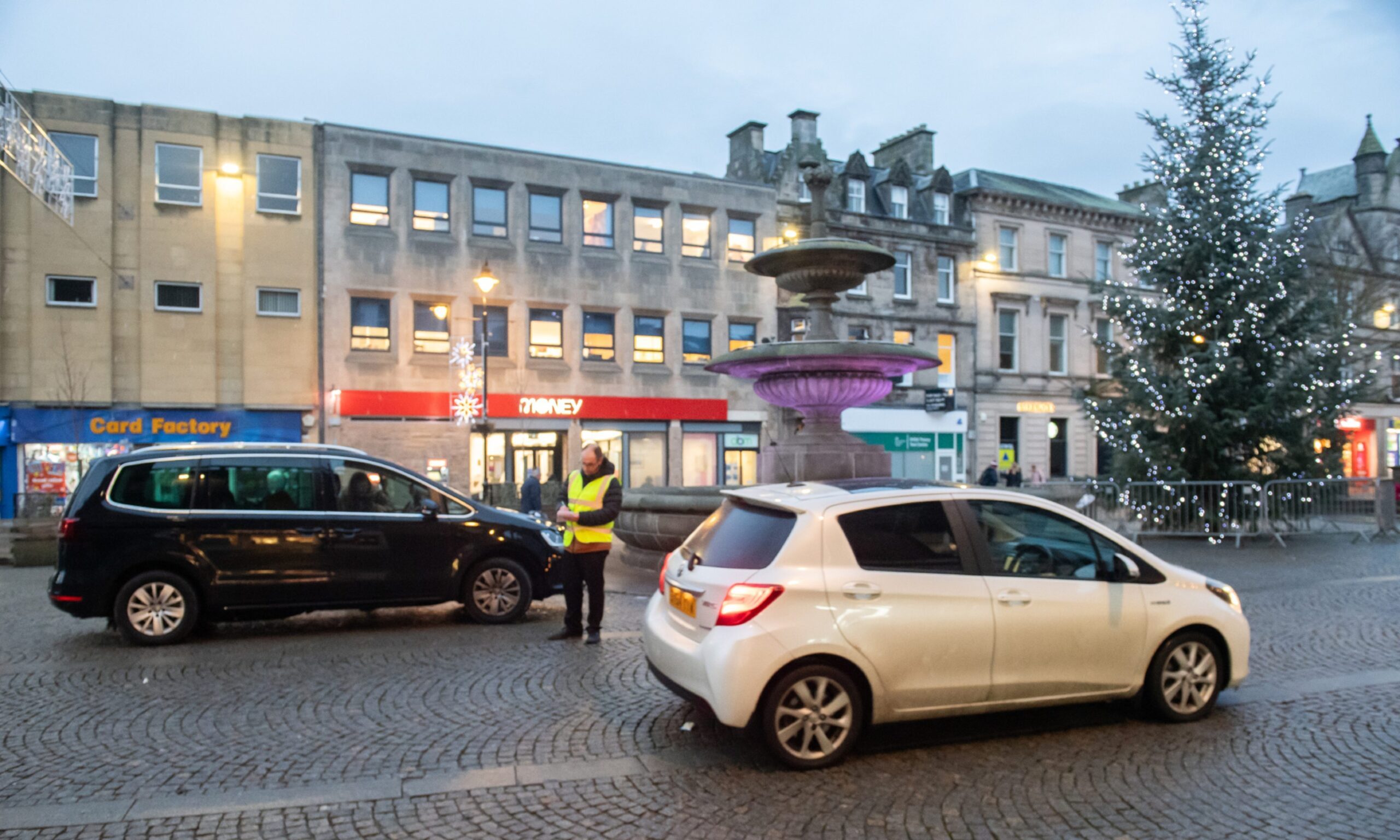
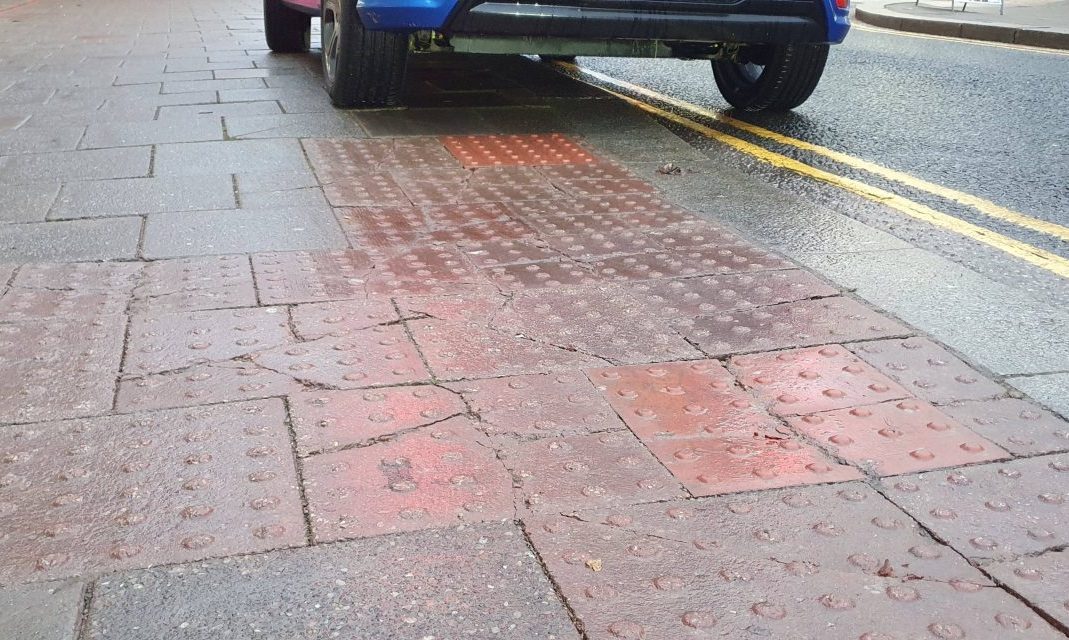
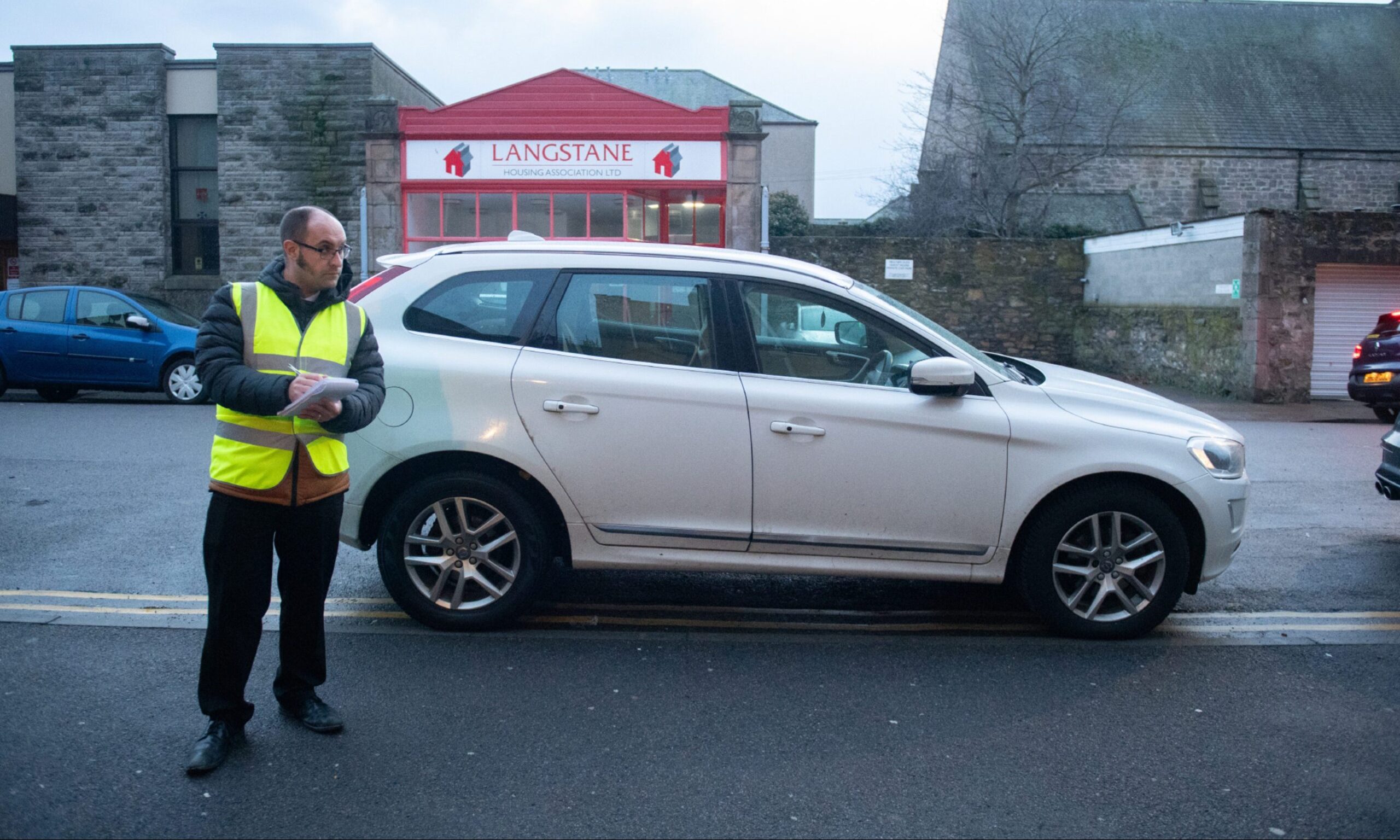
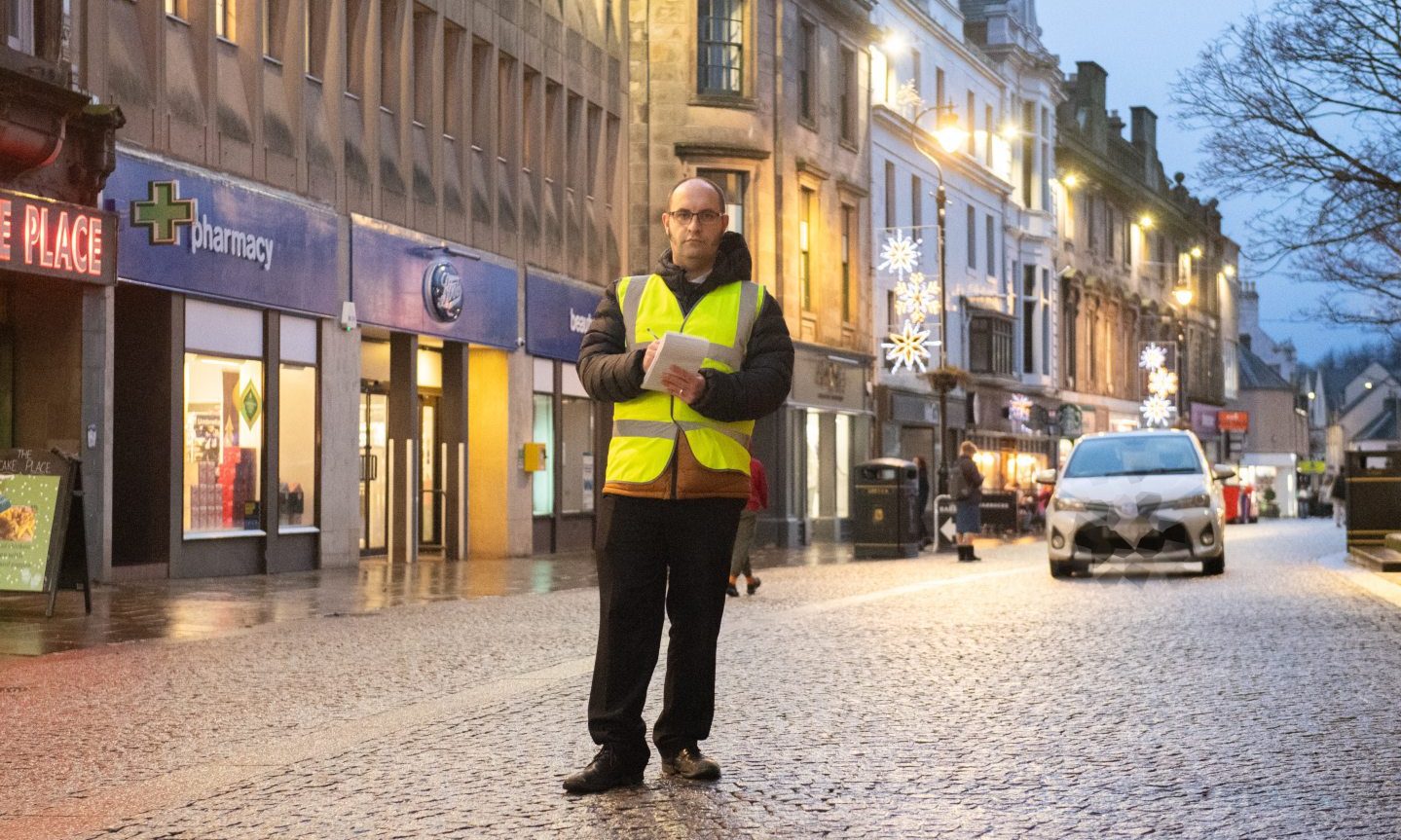
Conversation